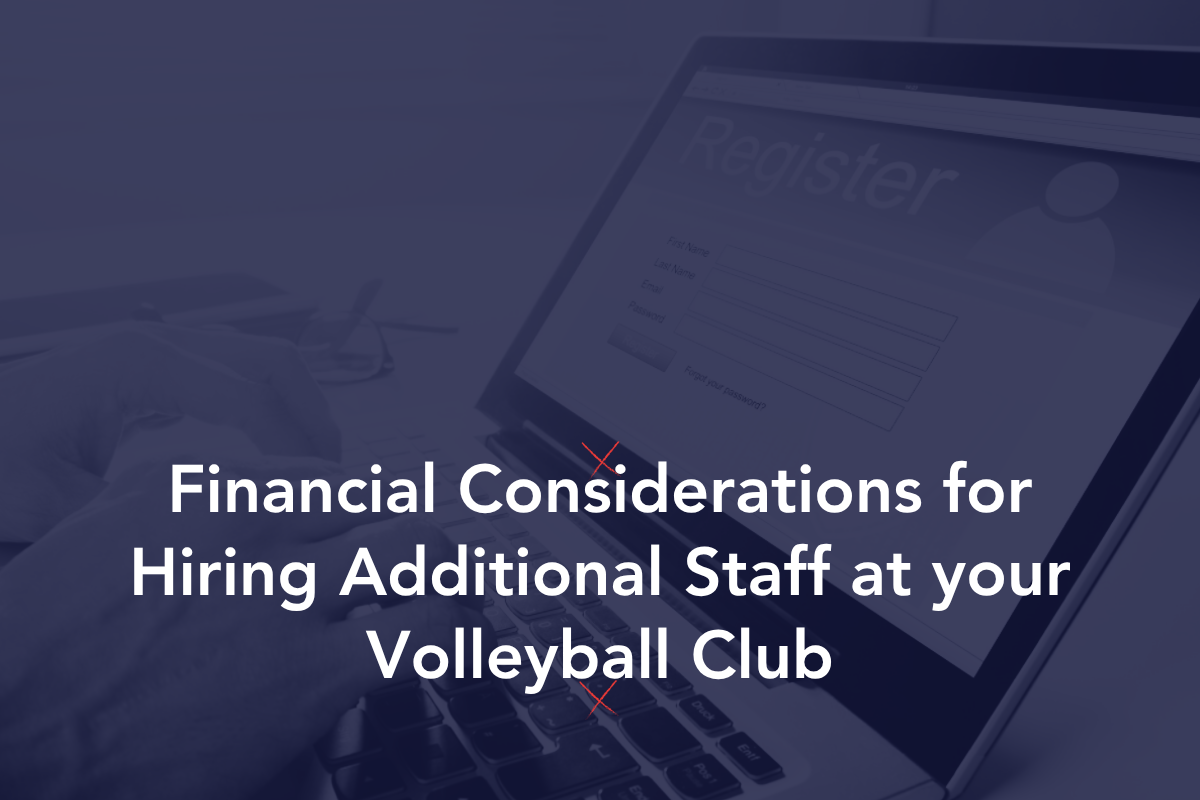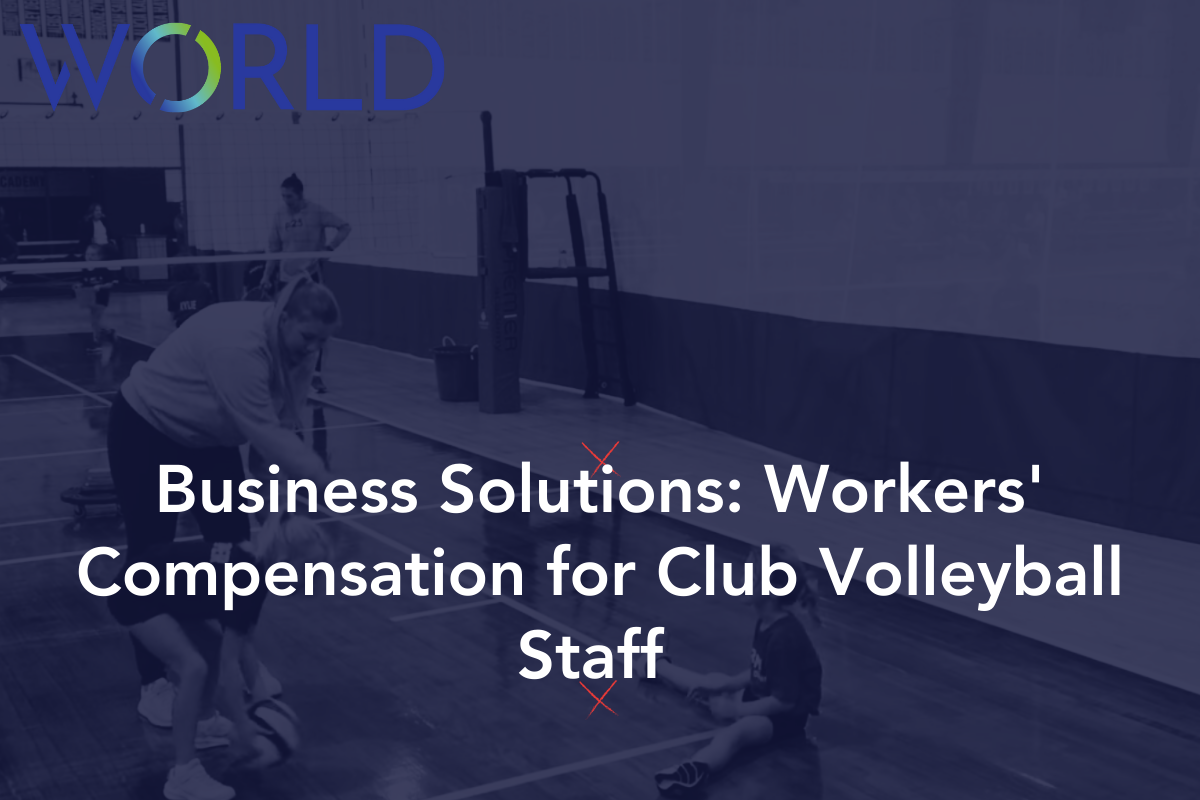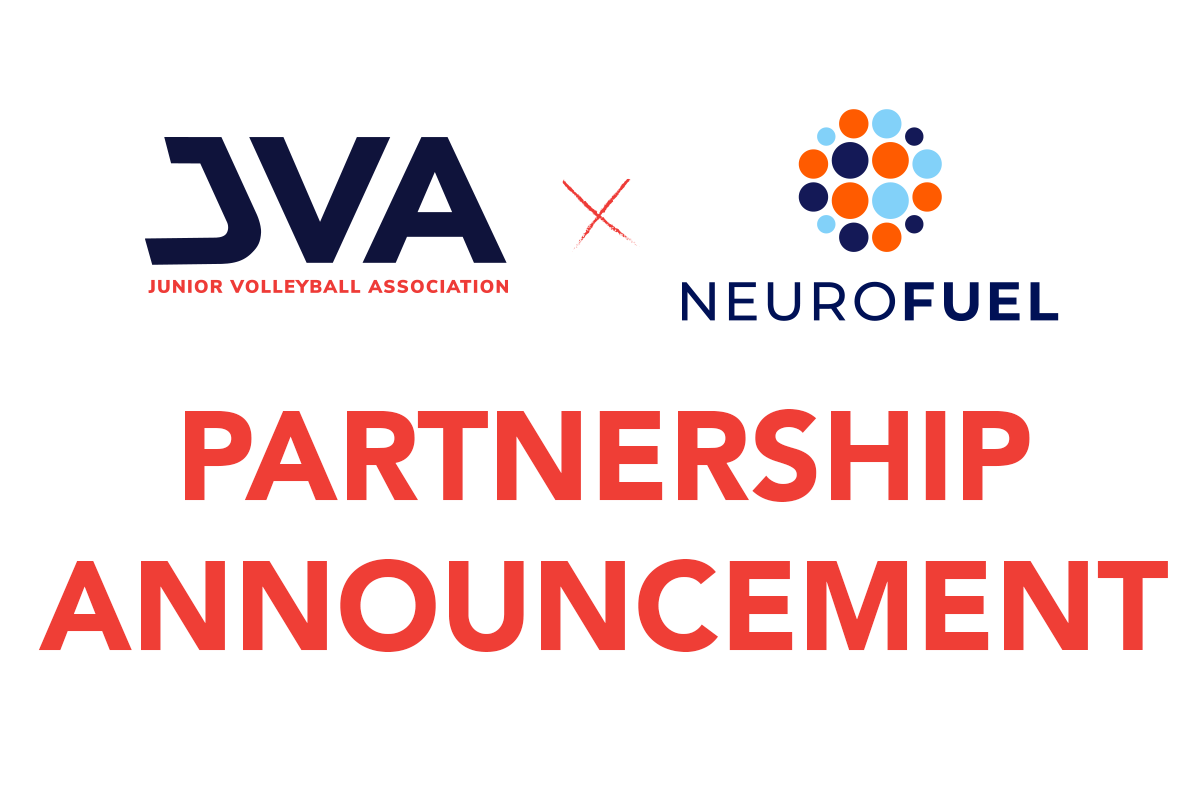Managing risk is an integral part of sports and is accomplished through developing a risk management program. It requires leaders to prioritize the safety and welfare of participants, fulfill ethical and legal obligations, and create an environment where athletes can thrive. Along with normal indoor volleyball risks during play and practices, beach volleyball has unique conditions that add another layer of dynamics to designing a risk management program. The sand, the sun, the wind, and the physical intensity of games and practices create a unique environment. Volleyball leaders must identify, assess, and mitigate risk to create a safe and supportive training environment for athletes.
Knowing the legal duties of a coach is at the core of developing a risk management program. However, which organization’s suggestions of legal duties and responsibilities do we follow? By combining the standard consensus of a coach’s legal duties and responsibilities as outlined by the American Sport Education Program’s Successful Coaching Guide, USA Volleyball IMPACT, SHAPE America National Standards for Sport Coaches, and the U.S. Center for SafeSport, I identified 13 legal duties and responsibilities of volleyball leaders. These duties are essential starting points for developing a risk management program. Each of the 13 Legal Duties should be applied with equal diligence and importance.
Volleyball Leaders’ 13 Legal Duties and Responsibilities
- Document – Create, collect, and safely store pertinent documents
- Safe Environment – Provide a safe physical environment
- Safe Facilities – Provide adequate and proper facilities
- Safe Equipment – Provide adequate and proper equipment
- Plan – Properly plan the activity
- Warn – Warn of inherent risk
- Group – Match and equate your athletes appropriately
- Teach – Provide proper instruction
- Evaluate – Evaluate athletes for injury or incapacity
- Supervise – Supervise the activity closely
- Emergency & First Aid – Provide appropriate emergency assistance
- Protect – Protect against physical and psychological harm from others
- Notify – Notify the appropriate person/agency
These duties and responsibilities are the foundation for developing an effective risk management program. Risk management programs are ongoing processes that require vigilance and adaptability. The Risk Management Solutions Series aims to provide practical strategies indoor and beach volleyball leaders can use to better prepare their athletes for success while minimizing potential risk.
References:
SHAPE America, National Standards for Sport Coaches
Martens, R. (2012). American Sport Education Program’s Successful Coaching Guide, 4th ed. Human Kinetics.
View more JVA business education.

About the Author
Jenny D. Johnson, Ph.D., is an Associate Professor at American Public University in the Sports & Health Science Department. She played indoor at UNC Greensboro, Class of ‘95, and is the former Coach/Coordinator at Coast United Beach in Conway, SC, a JVA member beach club.











